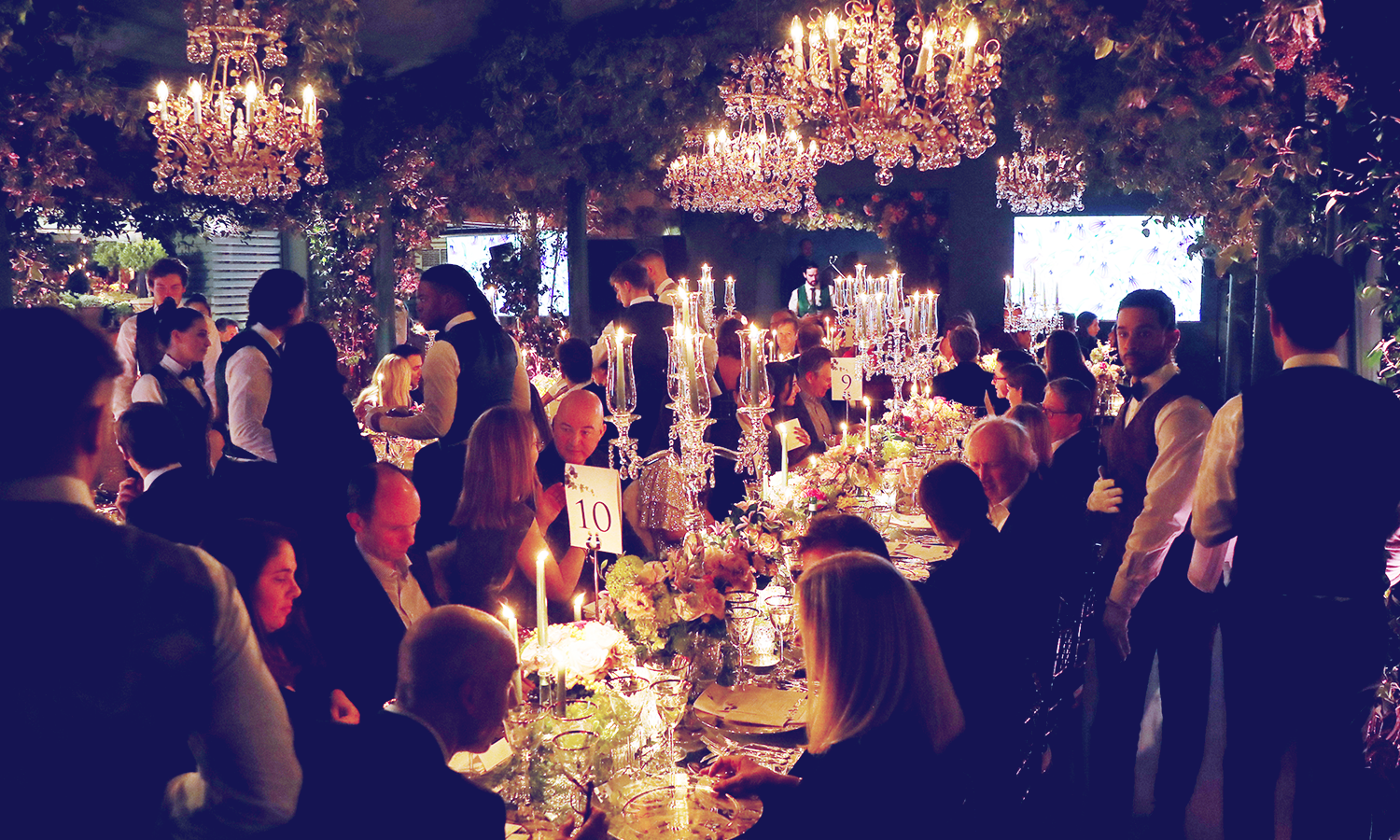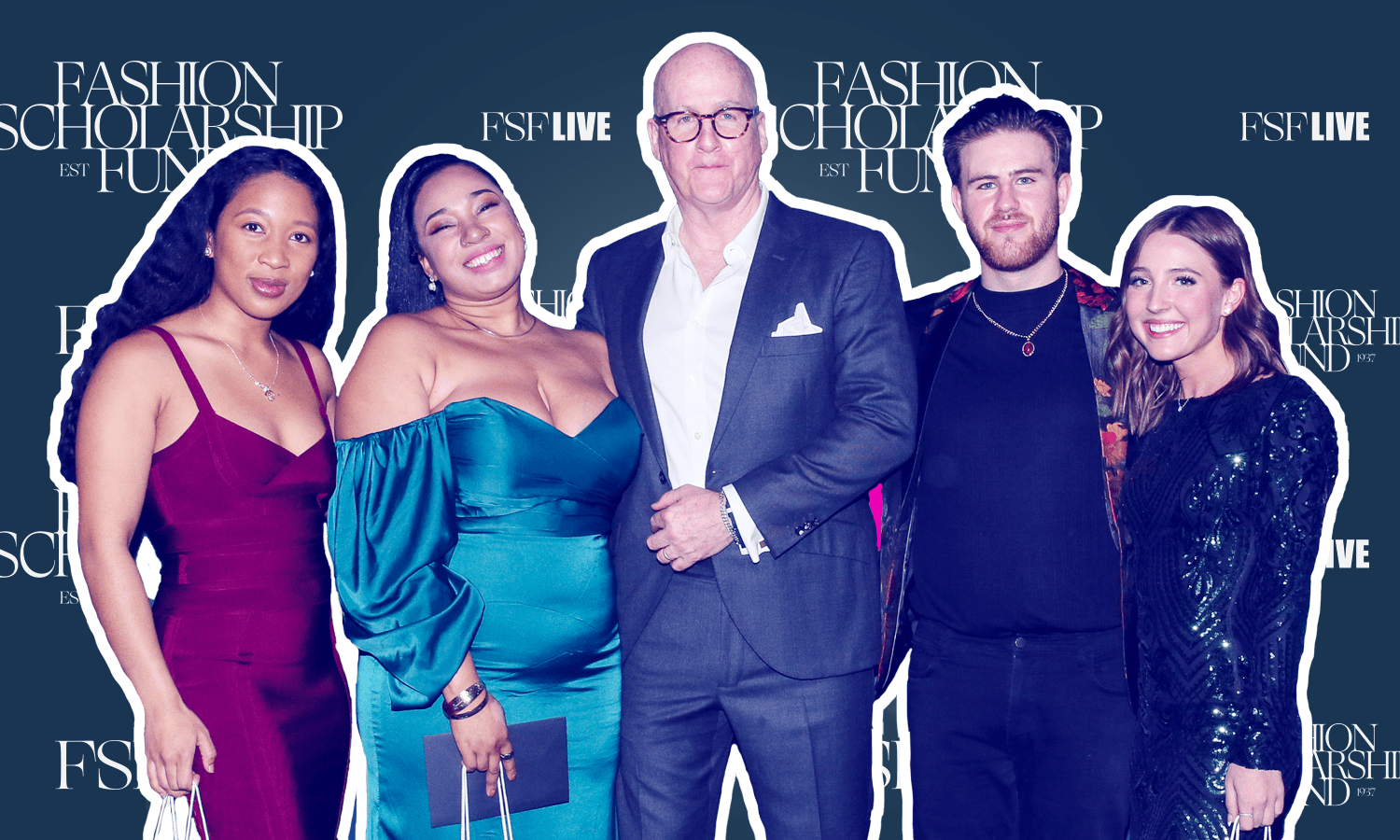Nonprofit fundraising events get a post-Covid makeover: Part 2 of our conversation with FSF’s Peter Arnold

It used to be that the decision to hold a fundraising event, and what kind, was determined by the numbers. Nonprofit pros evaluated the figures that keep their mission alive, like revenue potential, expenses, labor and time. However, the past couple of years have shown us that there are now other factors to consider. Should the event be held outside under a tent? Inside the New York Public Library (more on that below)? Or… please just say no… on Zoom? How do you feed people in a world where buffets are considered a biohazard? How many people will even change out of their sweatpants to show up? What if the next Covid wave hits and the whole operation has to shut down at the last minute? These are the kinds of questions that keep both nonprofit executives and experiential creators up at night. Earlier this month, we highlighted the Fashion Scholarship Fund’s triumphant return to live events with executive director Peter Arnold. This year’s gala showed its donors what their contributions help to achieve, celebrating the 123 scholars in this year’s class, including 23 Virgil Abloh “Post-Modern” Scholarship Fund winners, during FSF LIVE. Now, Peter is back for round two...
